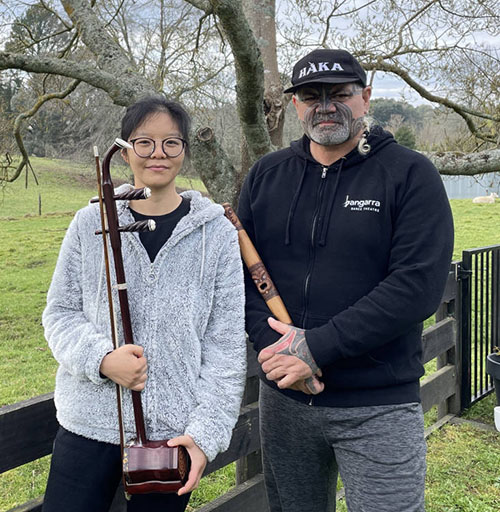1. Choose the community
Dig where you stand.
Choose a community, movement, or space that you are part of and whose story you want to tell.
Maybe it is a longstanding group, maybe it is an evolving movement or a temporary space. Maybe it's the people around you that you don't see reflected anywhere else. Something that is not recorded or that might disappear.
Think about the scope. Maybe it’s a moment in time - like one event. Maybe it’s what’s happened in the past month or year, maybe it’s whatever you can find.
Tell other people about it and enlist them to the cause.
[A note on positionality – is this your story to tell? Could you help someone else tell the story? Whose voice needs to be heard?]
Choose a community, movement, or space that you are part of and whose story you want to tell.
Maybe it is a longstanding group, maybe it is an evolving movement or a temporary space. Maybe it's the people around you that you don't see reflected anywhere else. Something that is not recorded or that might disappear.
Think about the scope. Maybe it’s a moment in time - like one event. Maybe it’s what’s happened in the past month or year, maybe it’s whatever you can find.
Tell other people about it and enlist them to the cause.
[A note on positionality – is this your story to tell? Could you help someone else tell the story? Whose voice needs to be heard?]
Example: The 5-minute Oral History
Capture an event with a phone or other audio recording device and 3-5 questions. Ask people the questions.
E.g. Who are you? Who are your people? How did you get involved in this event? Why do you think it was important for you to be a part of this event? What is something you want future generations to know about this event?
Capture an event with a phone or other audio recording device and 3-5 questions. Ask people the questions.
E.g. Who are you? Who are your people? How did you get involved in this event? Why do you think it was important for you to be a part of this event? What is something you want future generations to know about this event?
Chinese Erhu Meets Taonga Pūoro – Auckland Libraries
This oral history project captured conversations between Māori Taonga Pūoro artist James Webster and his Chinese friend, Liwei Fang, an Erhu musician and academic researcher in Aotearoa. Together, they explored their shared experiences in making and playing traditional instruments, discussing topics such as music education, the future of indigenous music, and the philosophical perspectives behind these instruments. Check it out here

Liwei Fang and James Webster